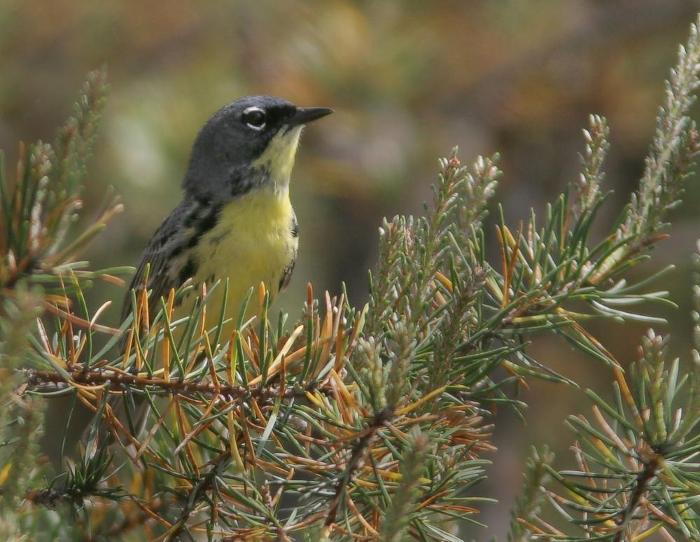Wednesday, Nov 8, 2017
By Michelle Ferrell, MNA Intern
Though not always the most celebrated components of a landscape, soils are certainly one of the most important. While plants form the basis of habitats, soils are central in determining which plants can grow where. Consequently, the soil/s of an ecosystem can drastically affect wildlife communities. Soils also play a critical role in filtering fresh water, and have served as the very foundations of civilization. How much do you know about the marvel beneath your feet?
In 1990, Michigan declared Kalkaska sand as its official state soil. It's relatively infertile owing to its acidic nature, but nonetheless abundant. Despite being one of over 500 soils present in Michigan, Kalkaska sand, so named for one of the 29 counties in which it is present, covers nearly 5% of the state. It can be found in the upper half of the lower peninsula, as well as most of the upper peninsula; but just how did it get there?

The movement of glaciers shaped Michigan's soils over the course of hundreds of thousand of years into what is known as glacial till. Read more about the process here. In the time since, our soils have undergone many changes to provide support for forests, wetlands, prairies, dunes, swamps, and human agriculture alike. In fact, if not for Kalkaska sand, the coniferous forests of northern Michigan may not exist.
Many of the evergreens that grow in our northern forests, including our ever-important state tree (white pine), are adapted to highly acidic, dry, and nutrient-poor conditions. As such, they rely on otherwise infertile soils like Kalkaska sand. The rare Kirtland's warbler breeds exclusively in jack pine, and many other well-known species depend upon plant communities derived from Kalkaska sand. In a very real way, we have this unique soil to thank for the natural landscape as we know it today.

